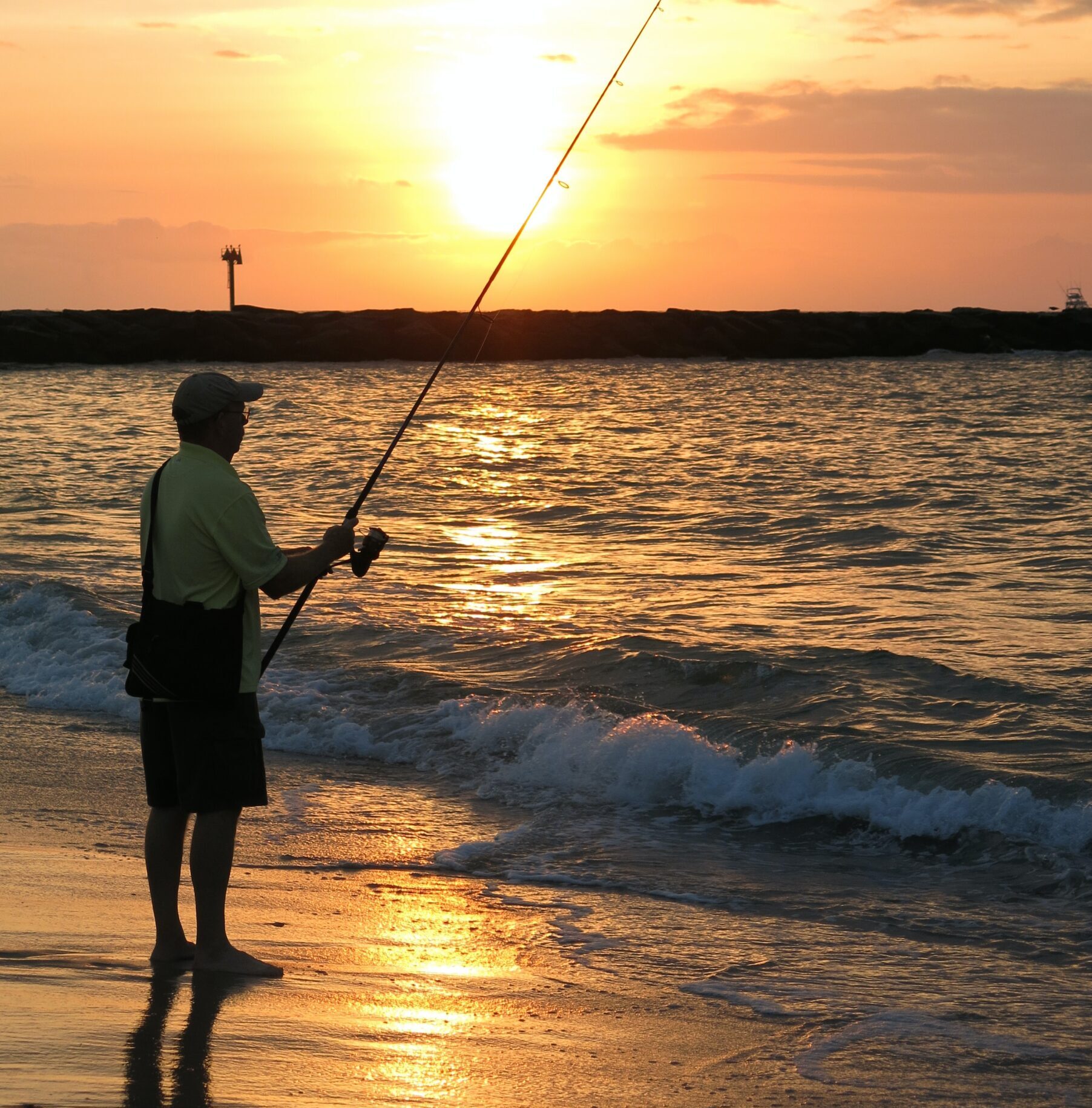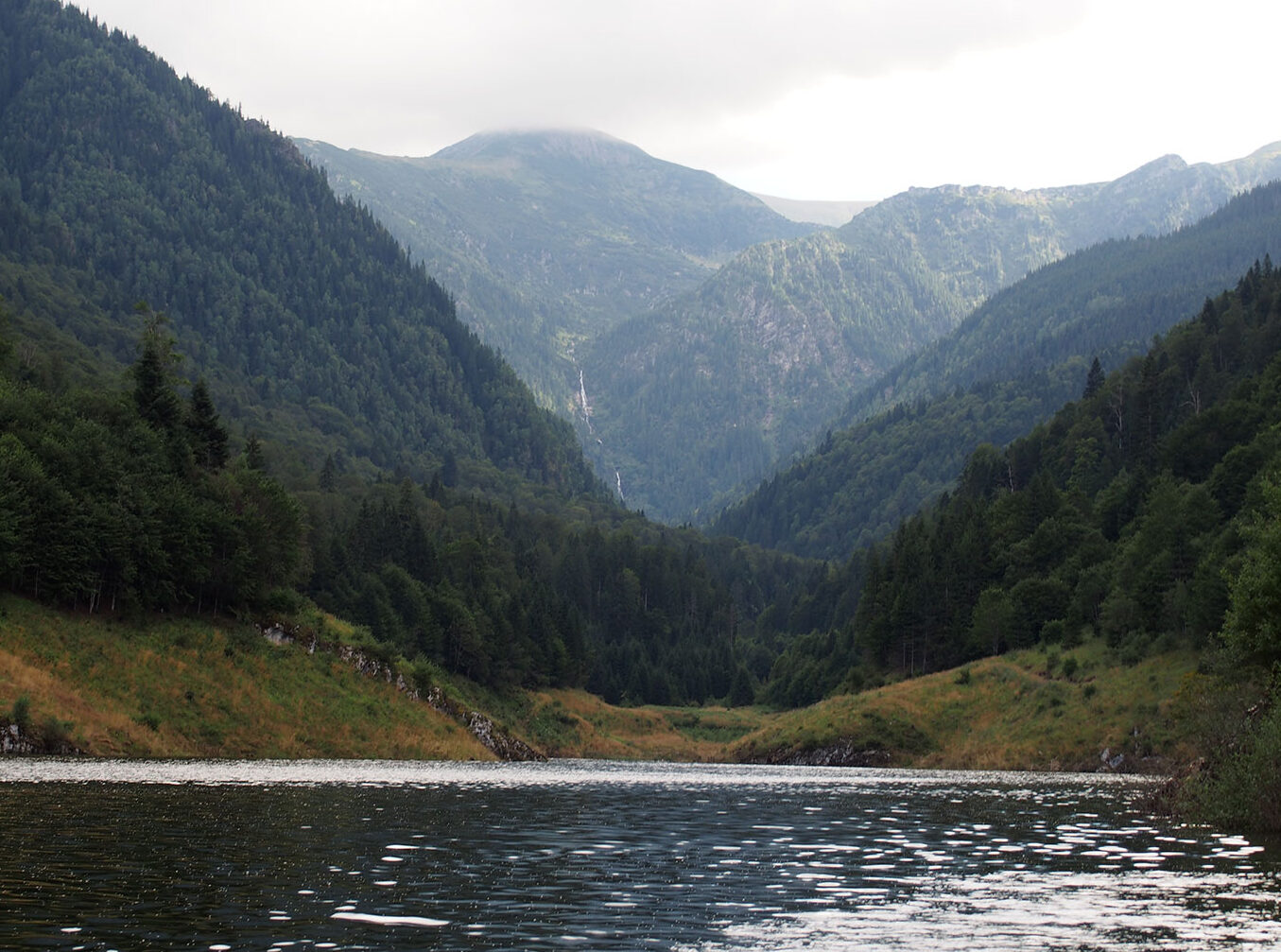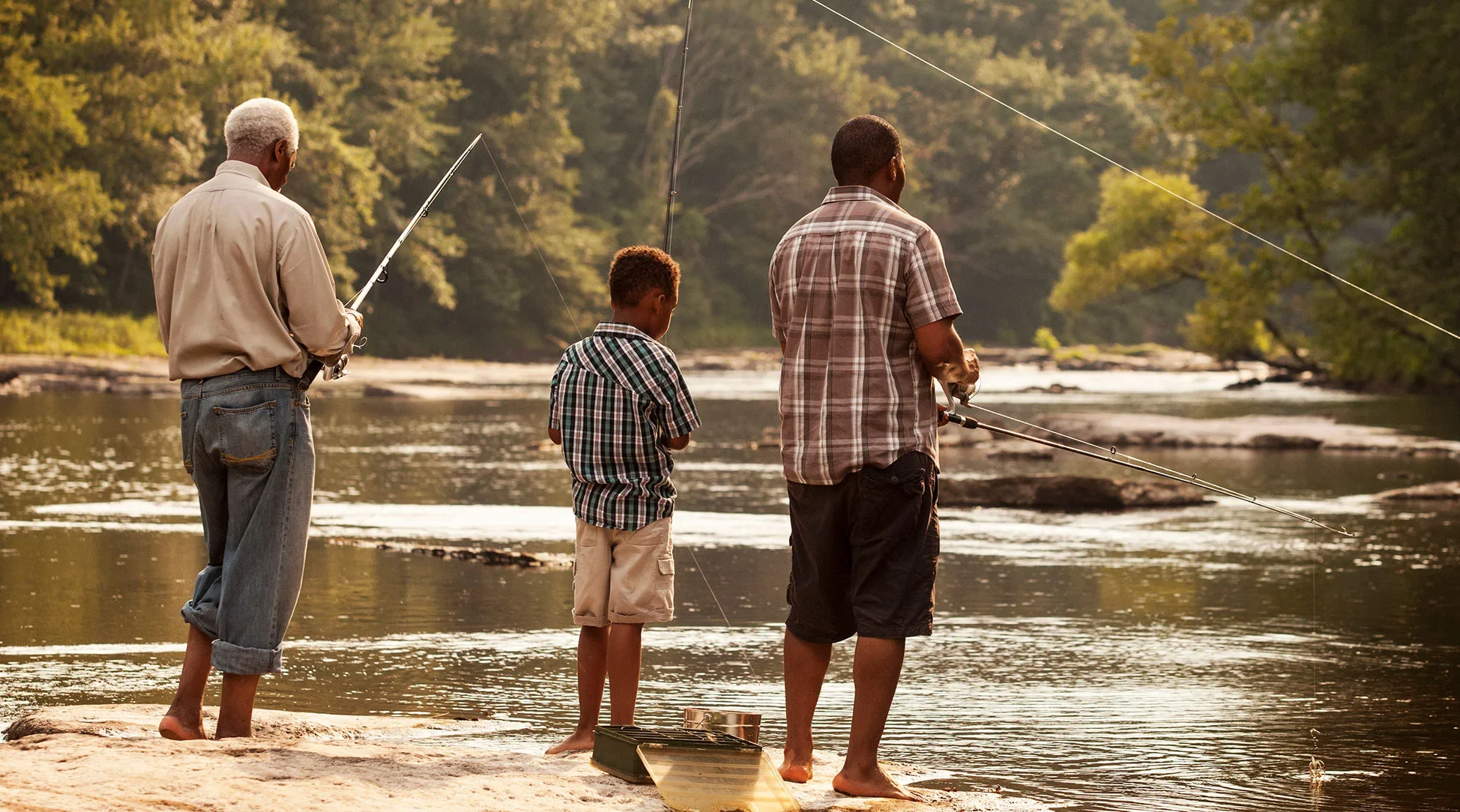Are you ready to catch some fish and soak up the sun on the beach? If so, surf fishing might just be your new favorite hobby. This type of fishing involves casting a line from the shoreline into the waves in hopes of reeling in some big catches. But before you grab your rod and head out, it’s important to know the basics and best practices for this exciting sport. In this blog post, we’ll cover everything from what surf fishing is to where and when to do it. So pack your sunscreen and let’s dive into these essential tips for anglers hitting the beach!
What is Surf Fishing?
Surf fishing is a type of recreational fishing that takes place on the beach. Anglers cast their lines into the ocean, from where they stand on the sandy shore. Surf fishermen use different types of equipment to catch fish, including rods, reels, and bait.
One important aspect of surf fishing is choosing the right location. Anglers need to find areas with optimal water conditions such as tides, currents and waves for better chances of catching fish species like striped bass or bluefish.
Another key factor in surf fishing success is understanding how to read and interpret weather patterns as these can affect wave height, cloud cover or wind direction which all have an impact on fish feeding habits along the shoreline.
Surf fishing requires some expertise and patience but it can be both relaxing and thrilling at the same time!
The Basics of Surf Fishing
Surf fishing is a popular and exciting way to catch fish. But before you hit the beach with your rod and reel, it’s essential to know the basics of surf fishing. First things first, you need to have the right gear.
You’ll need a sturdy rod between 8-12 feet in length that can handle heavy weights and casts. A spinning reel with a high line capacity is also necessary for long-distance casting into deep water. For bait, live or cut bait such as sand crabs, clams or anchovies are effective.
The key to successful surf fishing also lies in understanding tide patterns. Fish are more active during incoming tides when they move closer towards shore to feed on smaller prey in shallow waters.
It’s important always to be aware of your surroundings when surf fishing since waves can be unpredictable and dangerous at times. It’s best not only to wear appropriate clothing but also use waders for additional safety precautions while walking through strong currents.
Patience is crucial in this type of fishing since it takes time waiting for fish bites from their natural habitat – the ocean!
The Different Types of Surf Fishing
Surf fishing is a versatile sport that offers various techniques and methods to catch fish. The different types of surf fishing depend on the location, species targeted and personal preferences.
One type of surf fishing is called bait casting. This involves using heavy tackle such as a rod with a high-power rating, large reel and heavy line. Anglers cast their bait or lure into the waves from shorelines or jetties aiming for deep pockets where fish are known to congregate.
Another type of surf fishing is called plugging. Plugging uses lightweight lures that mimic small prey such as minnows or shrimp to entice gamefish like striped bass, bluefish and red drum towards the shoreline.
Fly-fishing in saltwater is another way to enjoy surf fishing while targeting species like bonefish or permit, which can be found near sandy flats close to shorelines.
Aside from these three types of surf fishing styles, other anglers may prefer using live baits like sand crabs or bloodworms attached on hooks placed along the shoreline’s troughs.
Each type of surf fishing has its own unique characteristics depending on an angler’s preferences and skill level but it always promises excitement when one successfully catches a fish in saltwater while standing at the edge of land!
Tips for Surf Fishing
When it comes to surf fishing, there are a few tips that can make all the difference in your success. Firstly, choose the right bait for the fish you are targeting and be sure to present it naturally. This means hiding the hook within the bait and allowing it to move with the current.
Secondly, pay attention to tide changes as this can impact where fish congregate. Typically, high tide is best for casting further out while low tide is better for targeting areas closer to shore.
Thirdly, always consider wind direction when choosing your fishing spot. Casting into or with the wind will greatly affect how far your line goes and how natural your presentation looks.
Keep an eye on weather conditions before heading out as rough waves or strong currents could impact safety and fishing success. With these tips in mind, you’ll be well on your way to a successful day of surf fishing!
The Best Time to Surf Fish
When it comes to surf fishing, timing is everything. The best time for surf fishing varies depending on the location and species of fish you are targeting. However, there are some general guidelines that can help increase your chances of a successful catch.
Early morning and late evening tend to be the best times for surf fishing as this is when many types of fish feed near shore. During these hours, the water tends to be cooler which attracts baitfish closer to shore, making them more accessible prey for larger gamefish.
Tides also play a crucial role in determining the best time for surf fishing. As incoming tides bring in fresh baitfish from deeper waters, predatory fish follow closely behind them looking for an easy meal. Outgoing tides can also be productive as they draw baitfish back out into deeper waters where gamefish often lurk.
Weather conditions should also factor into your decision on when to go surf fishing. Overcast or cloudy days with light winds provide ideal conditions while bright sunshine and heavy winds may make it harder to spot feeding fish.
There is no single answer on when the best time to surf fish is since each beach has its own unique characteristics that impact tide schedules and local marine life behavior patterns. It’s always a good idea to do some research beforehand or consult with local experts who know the area well before heading out onto the sand!
Where to Surf Fish
Surf fishing is a thrilling and rewarding experience for any angler who wants to test their skills in catching fish on the beach. To be successful, it’s important to have the right gear and knowledge of different techniques.
When it comes to choosing where to surf fish, there are plenty of options. Look for areas with deep water close to shore, such as sandbars or troughs. These areas often attract smaller fish that feed on baitfish.
Additionally, check local regulations before heading out as some beaches may have restrictions or require permits.
Whether you’re a seasoned angler or just starting out, following these essential tips will help improve your chances of landing a catch while enjoying the beauty of the ocean waves crashing against the shoreline. So grab your gear and hit the beach – happy fishing!


